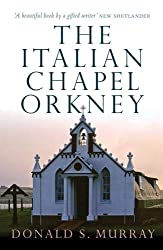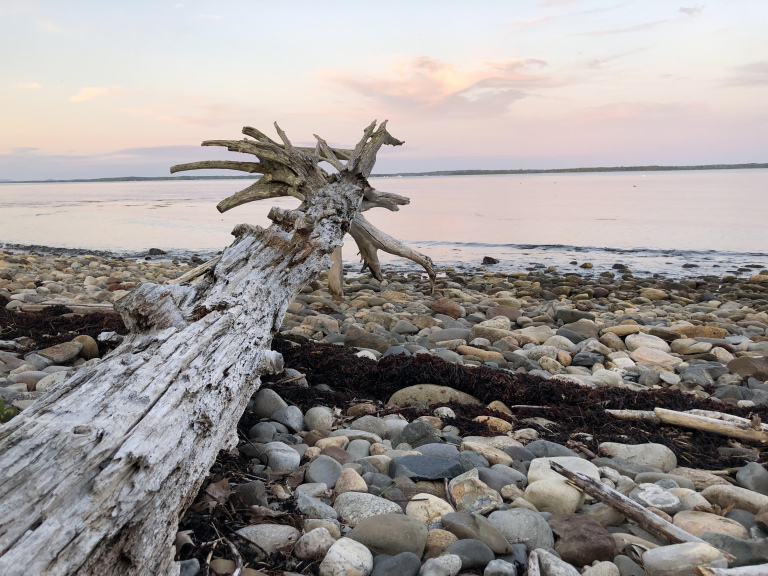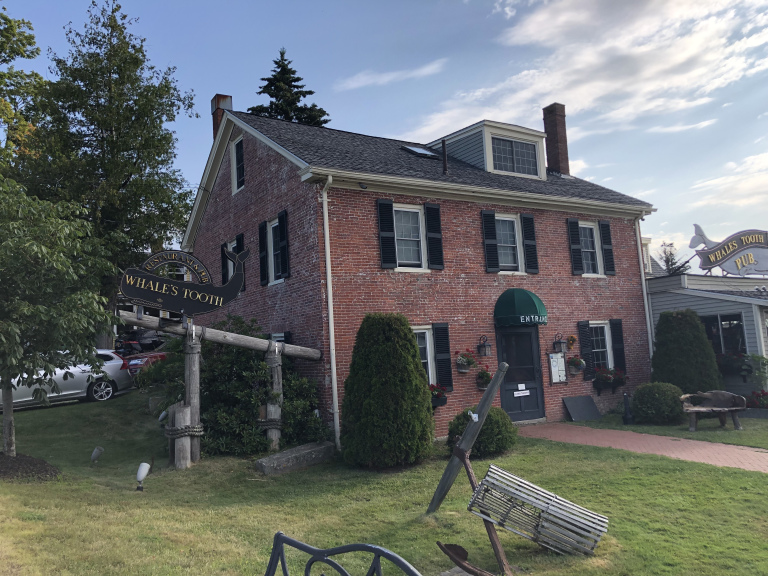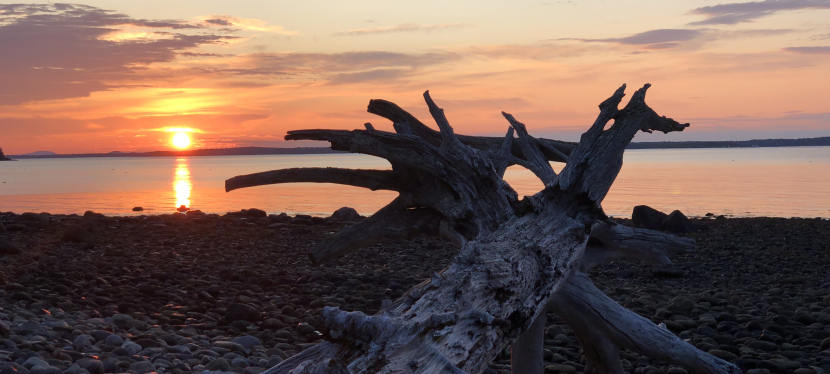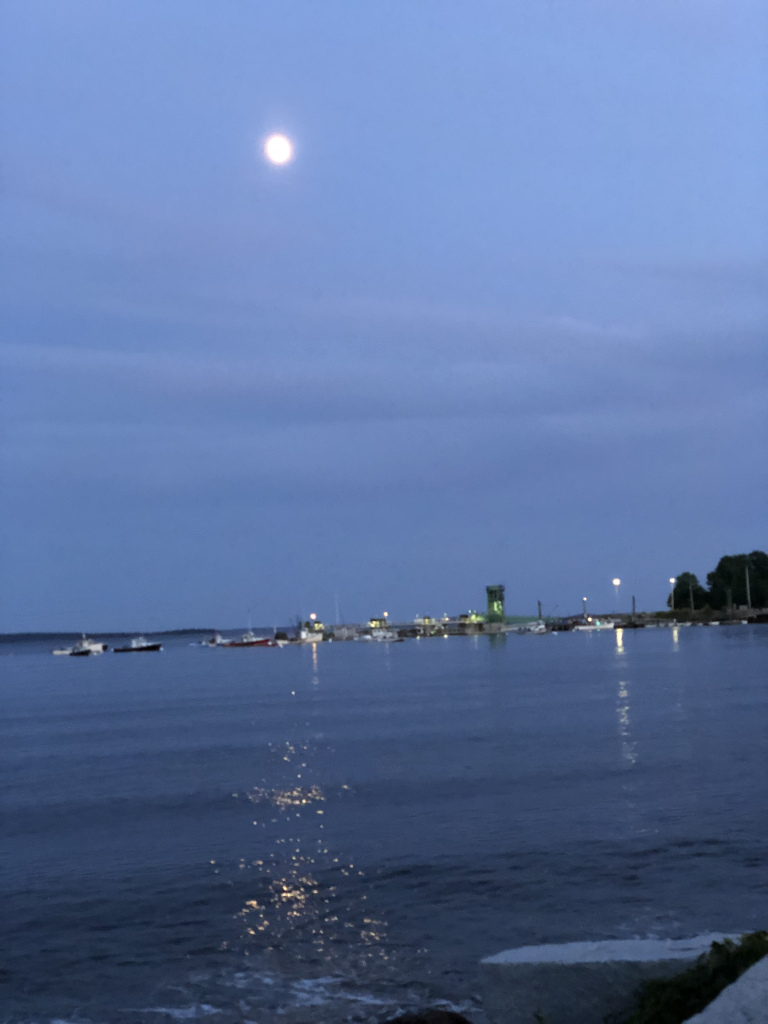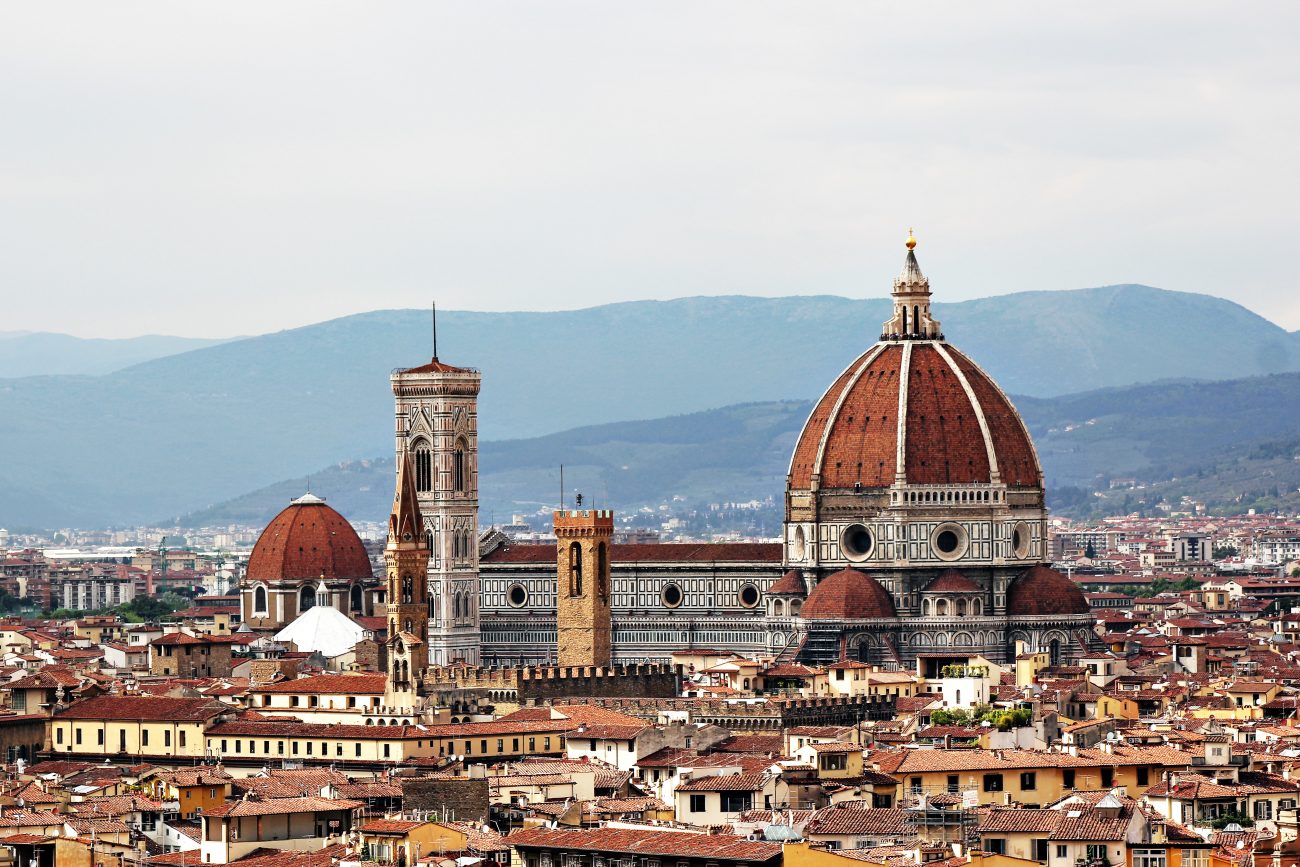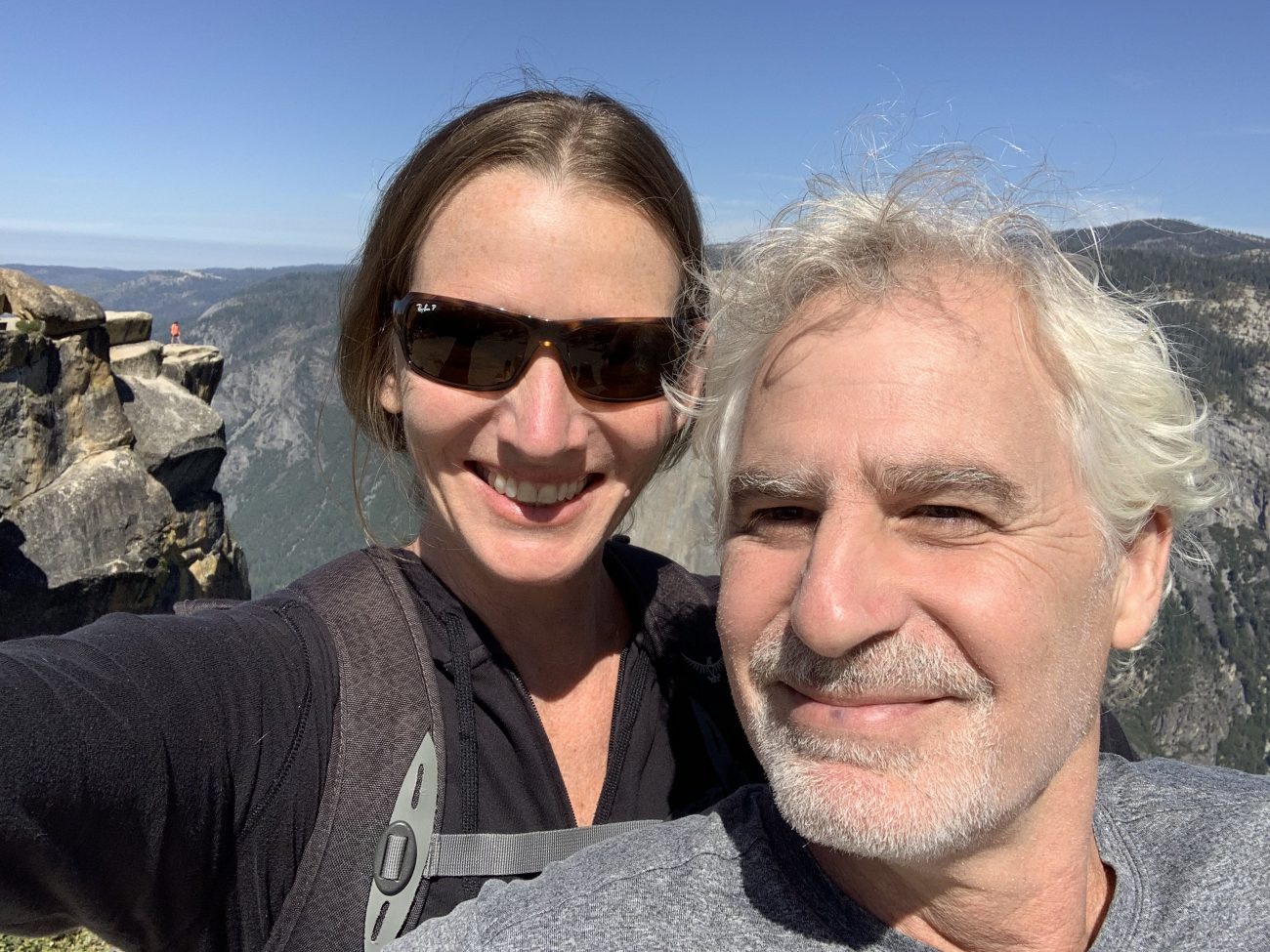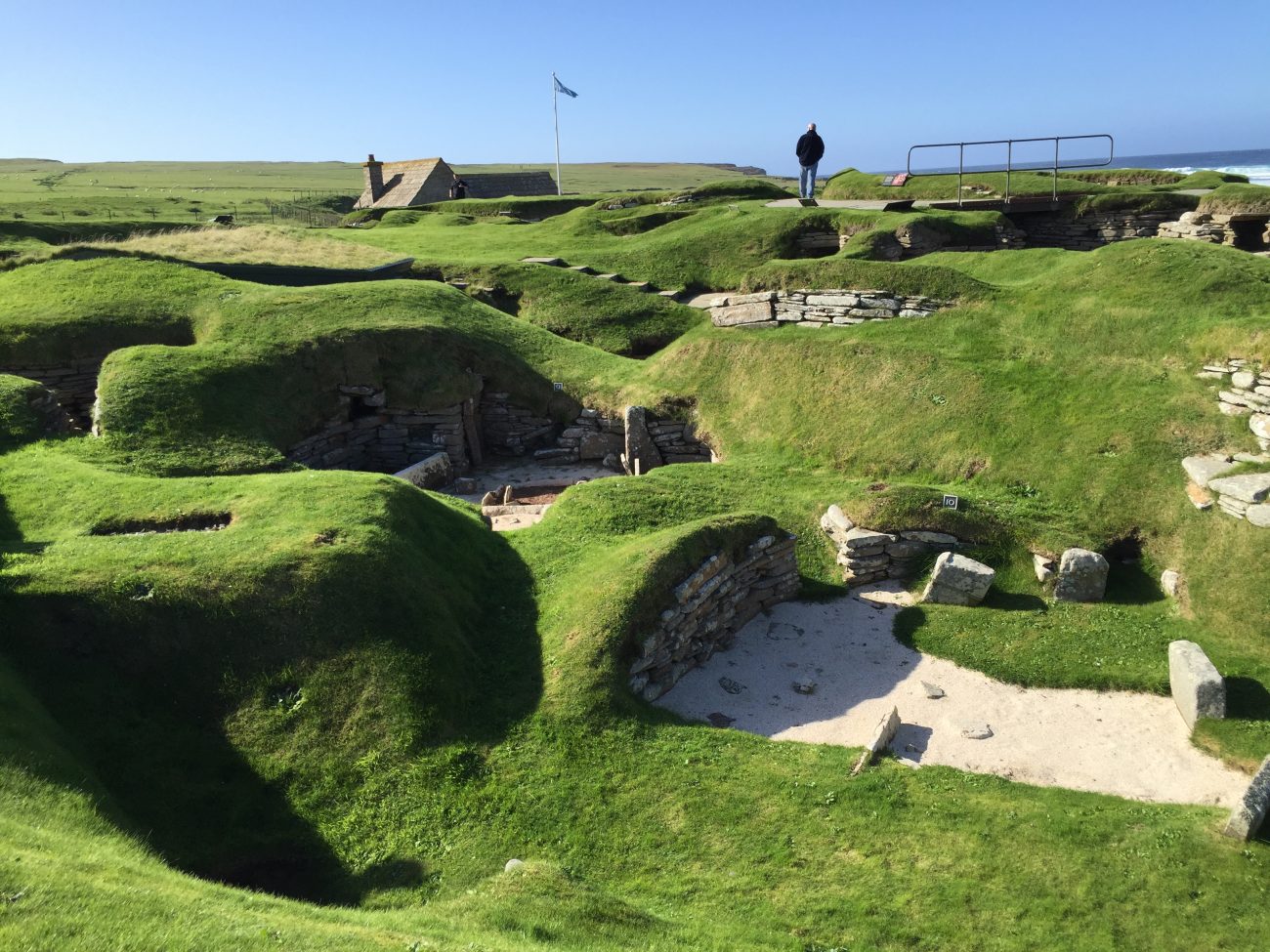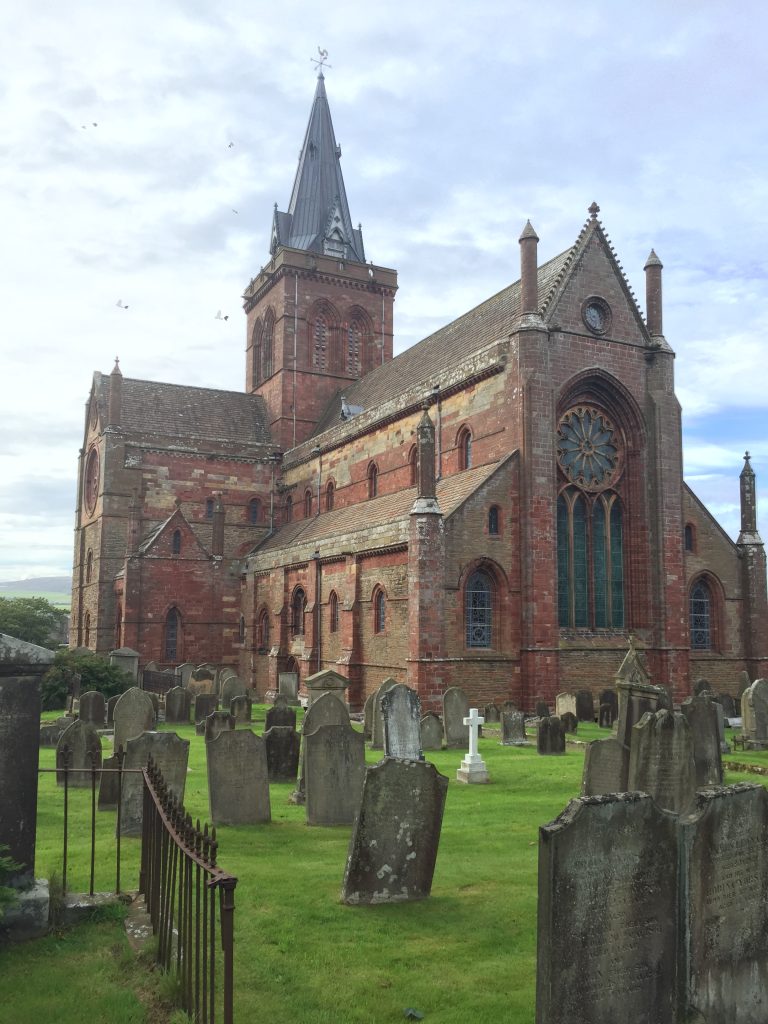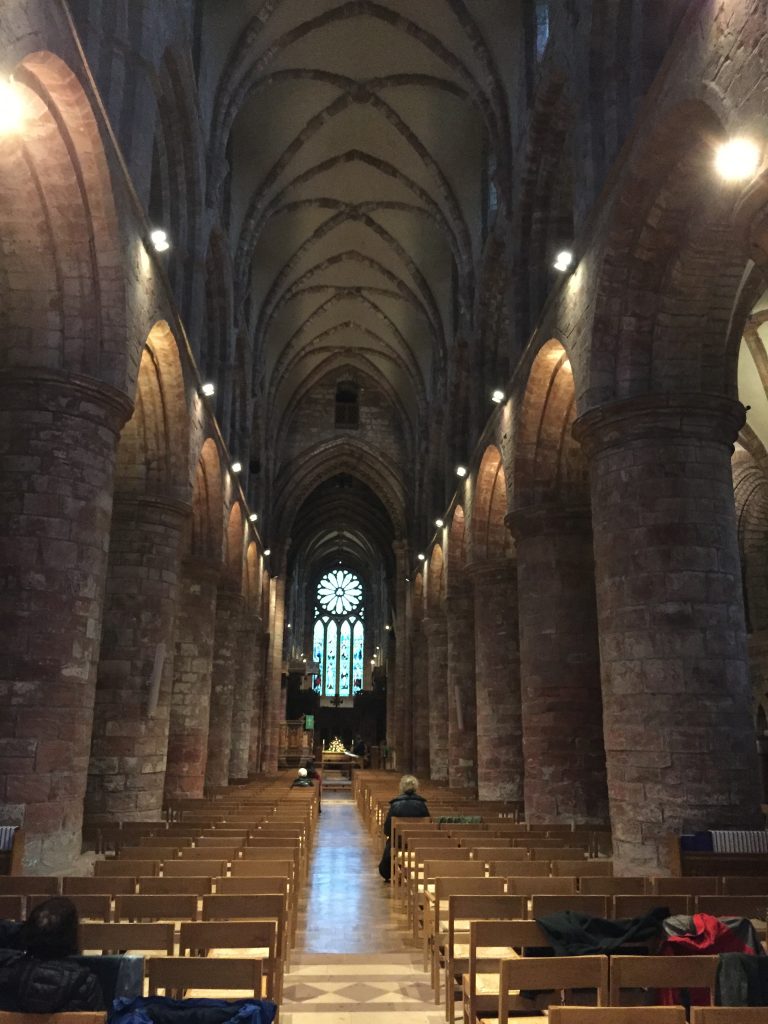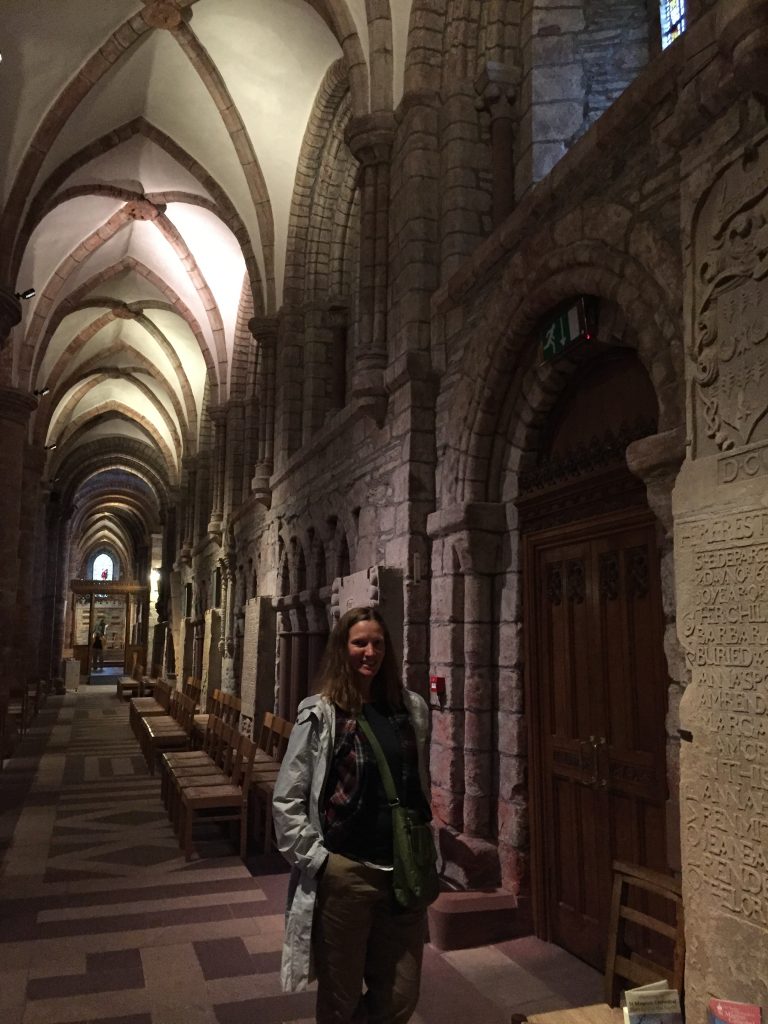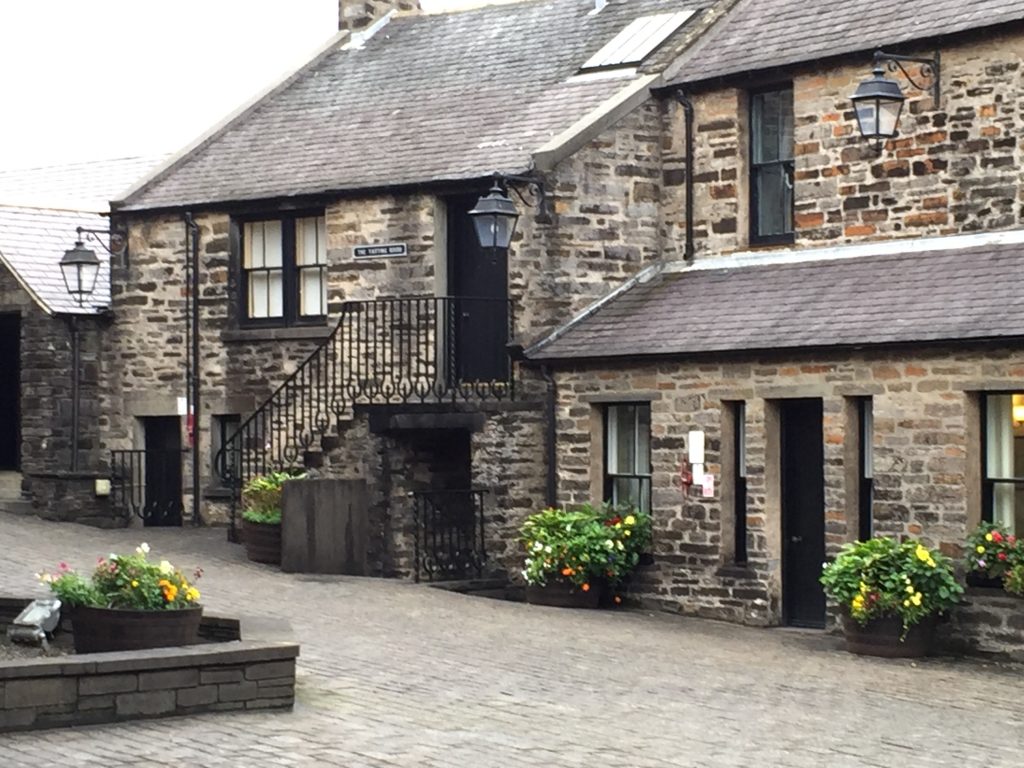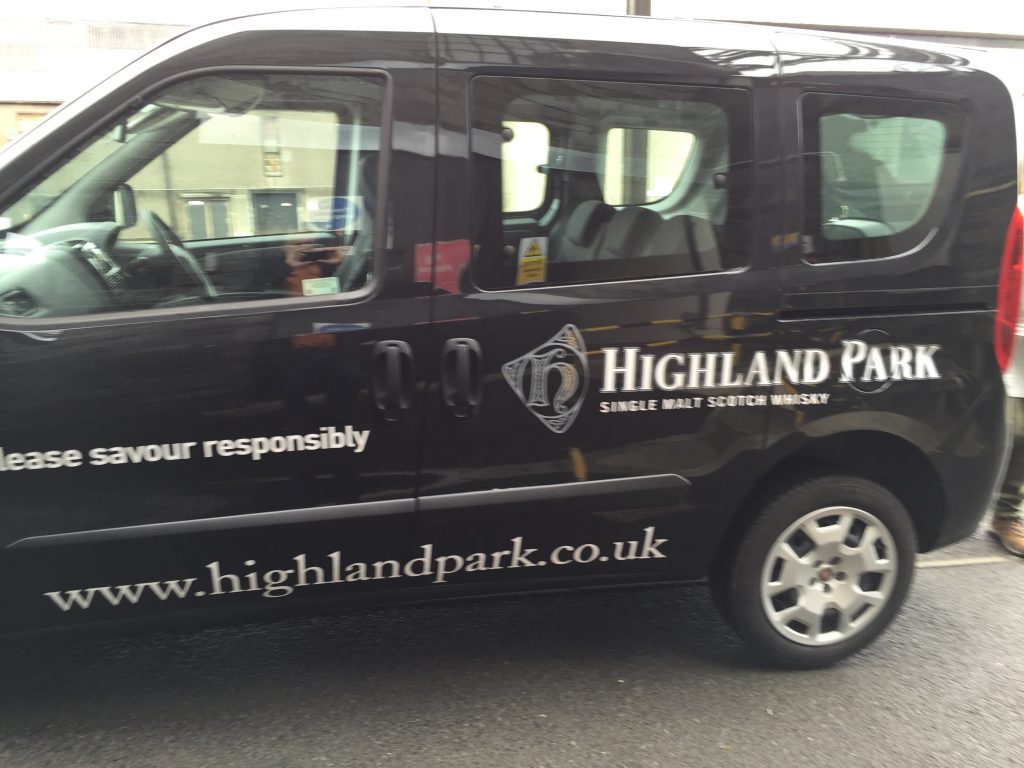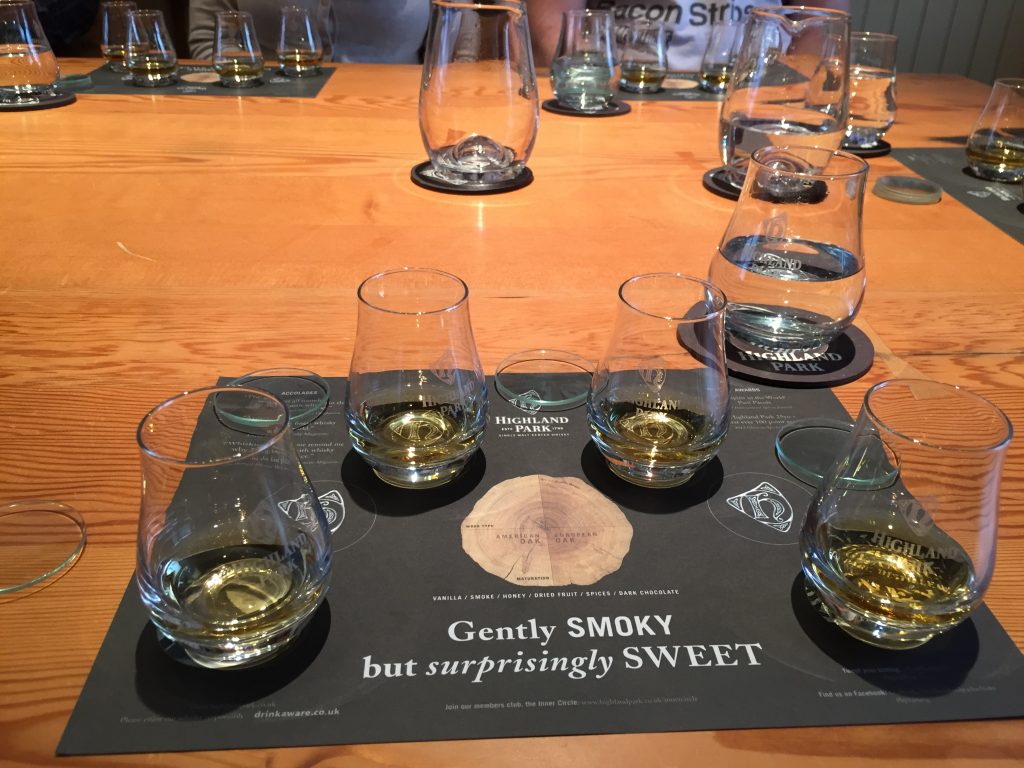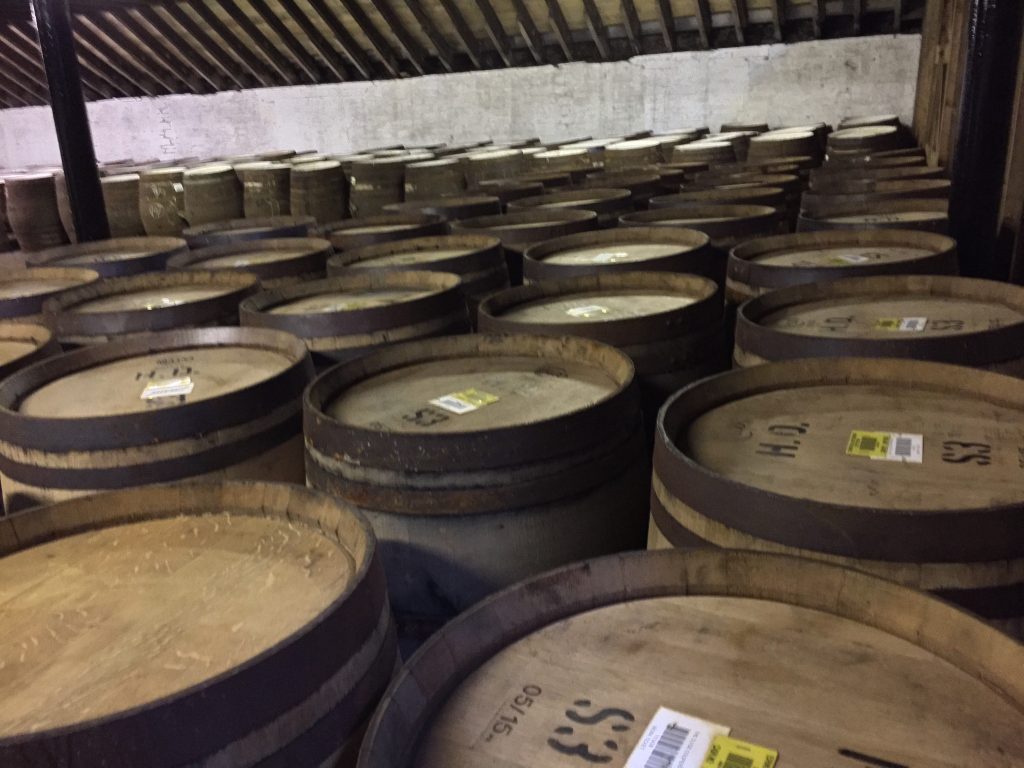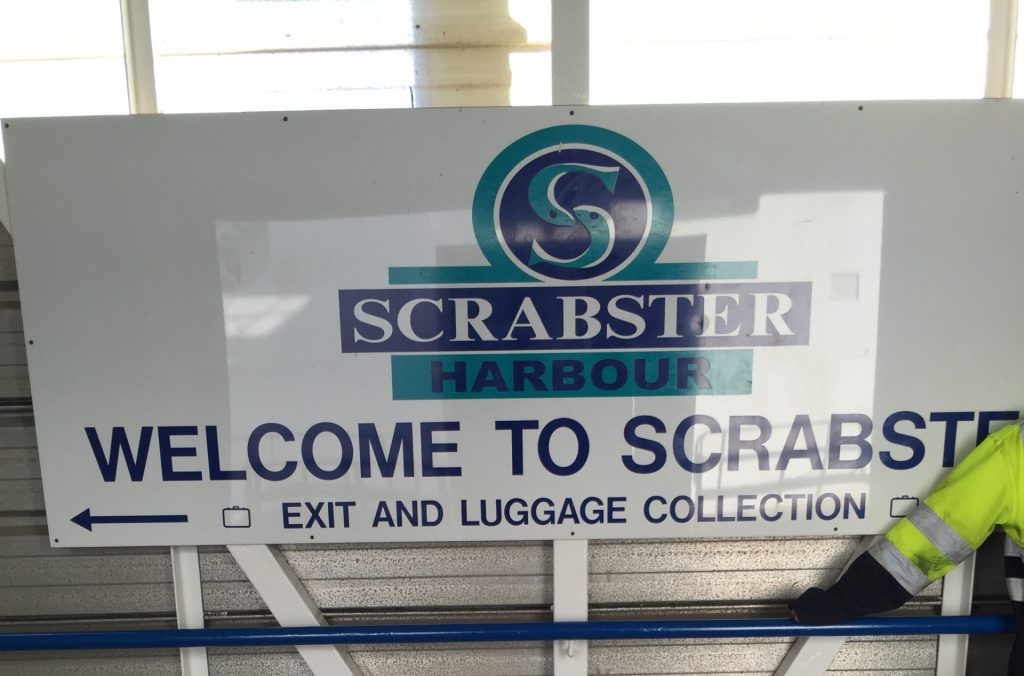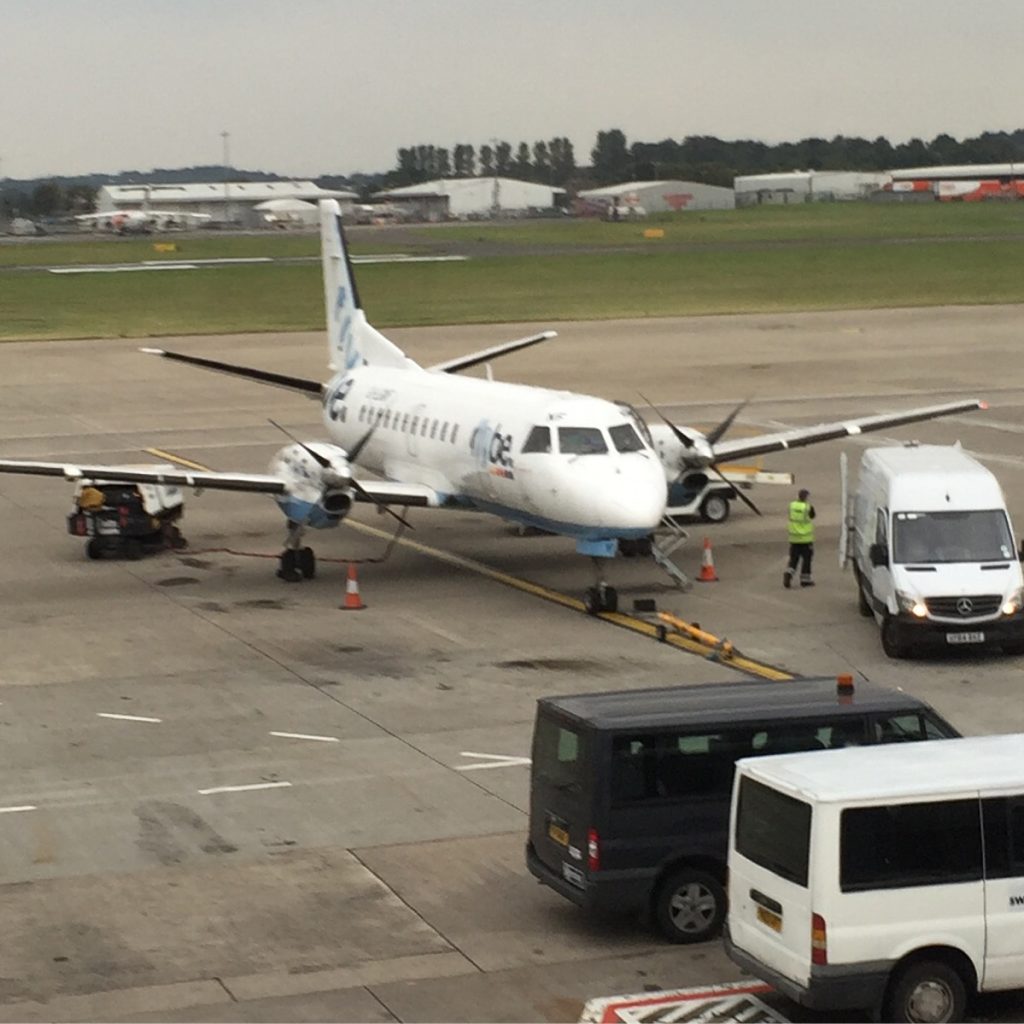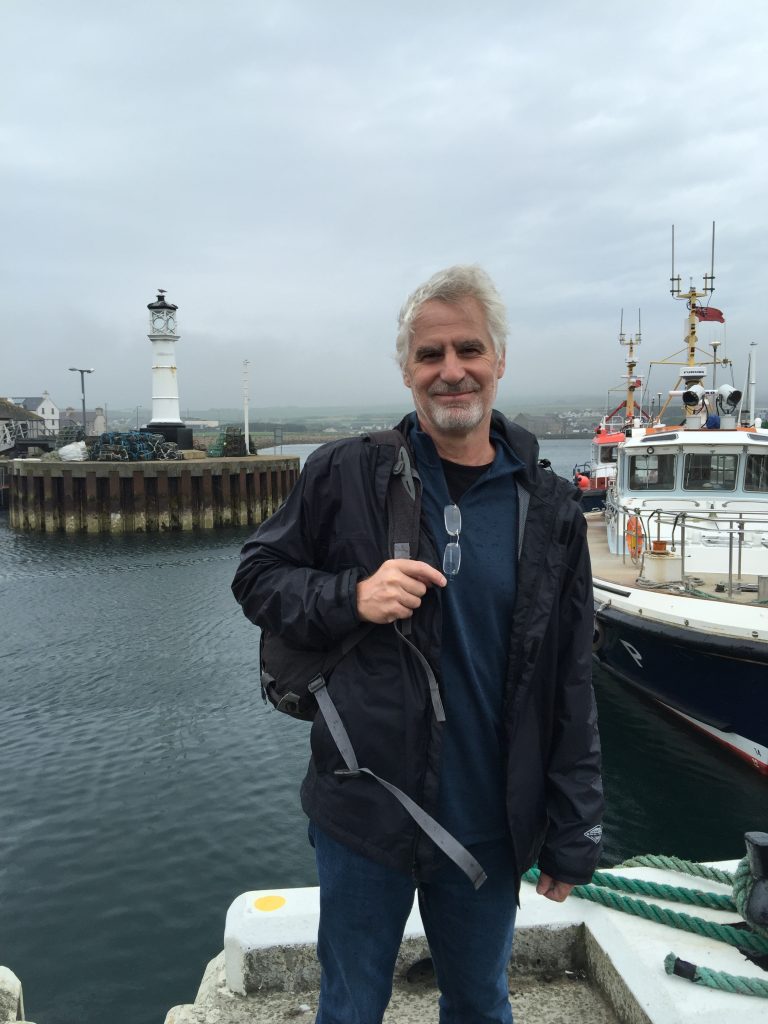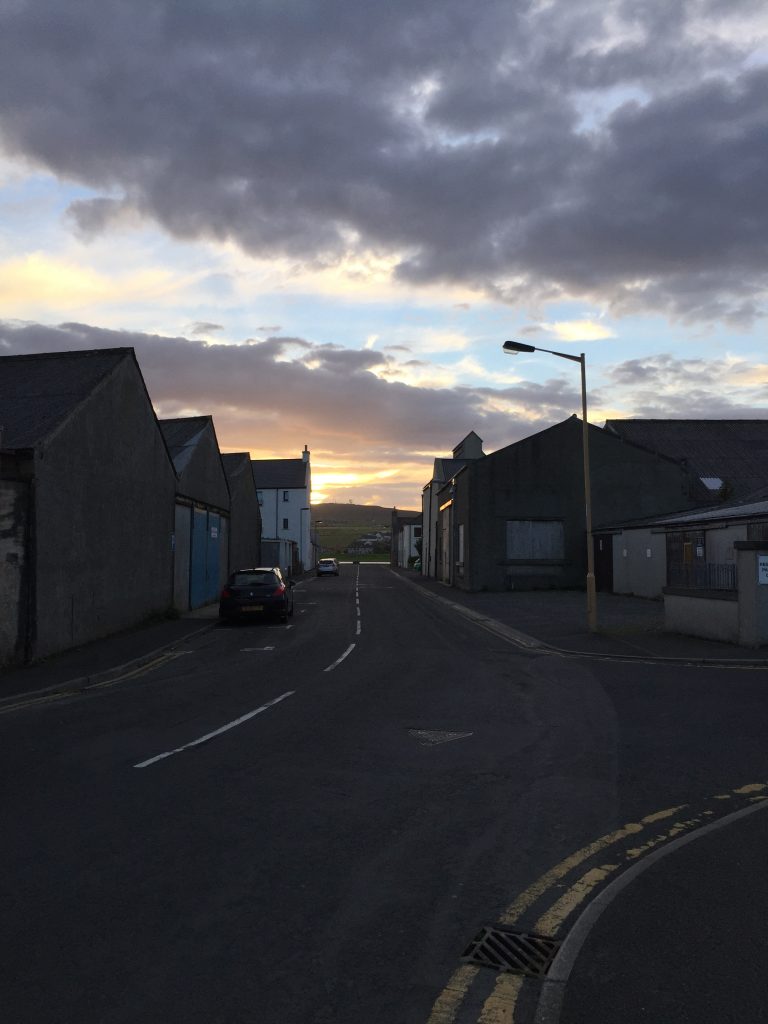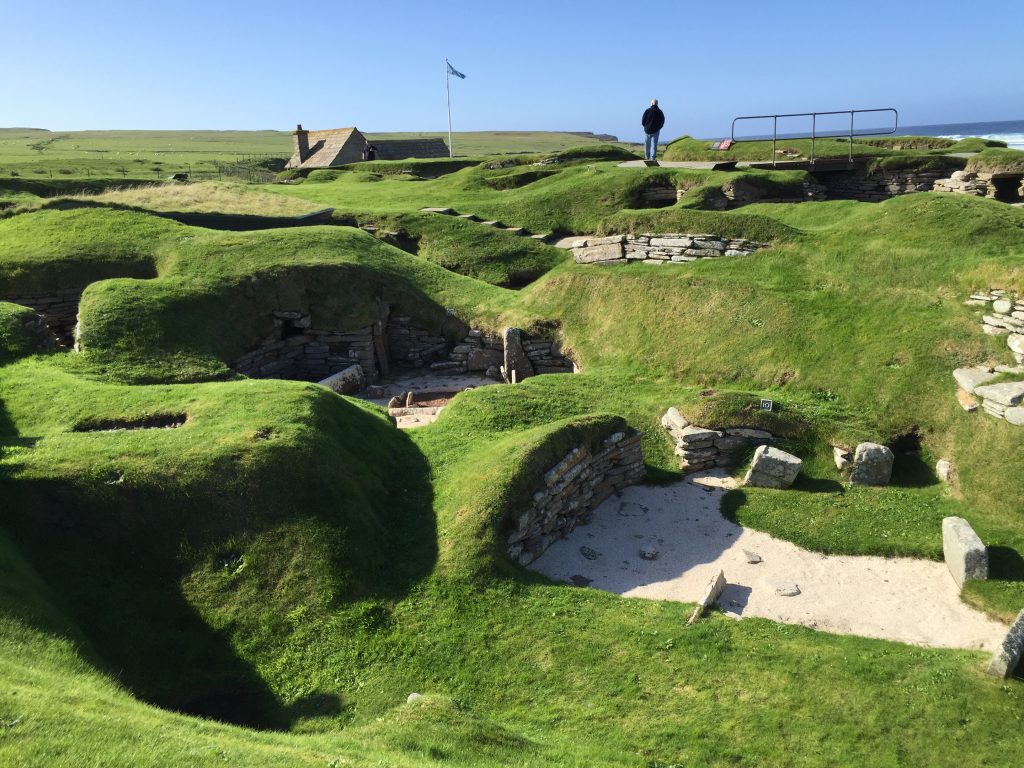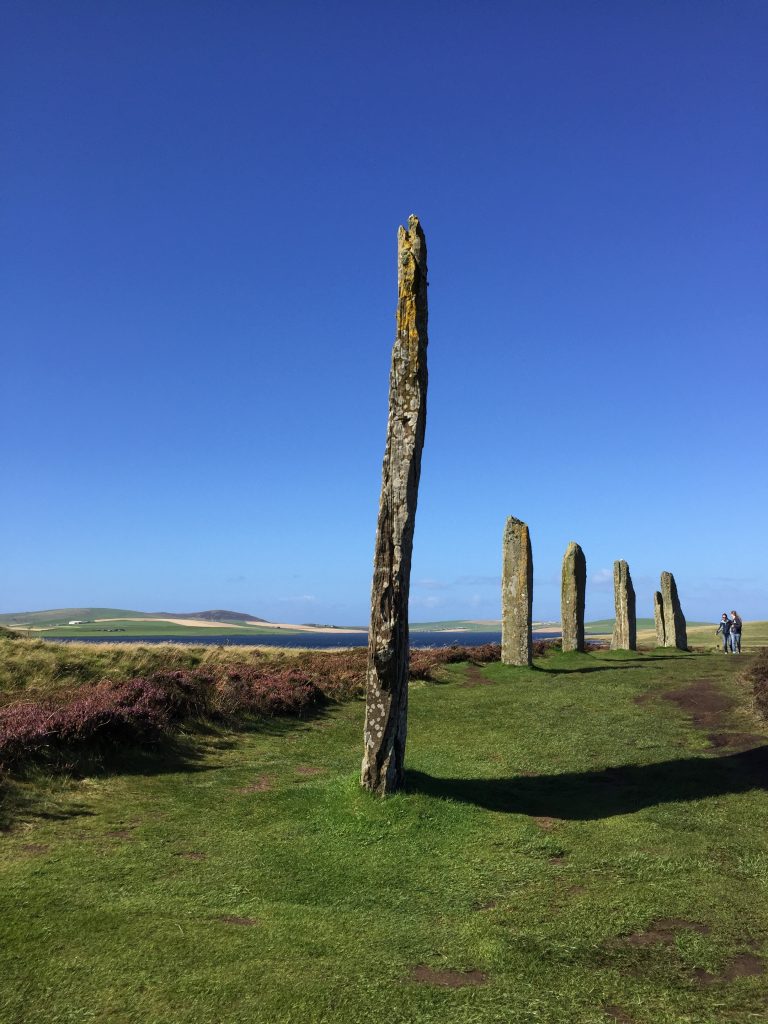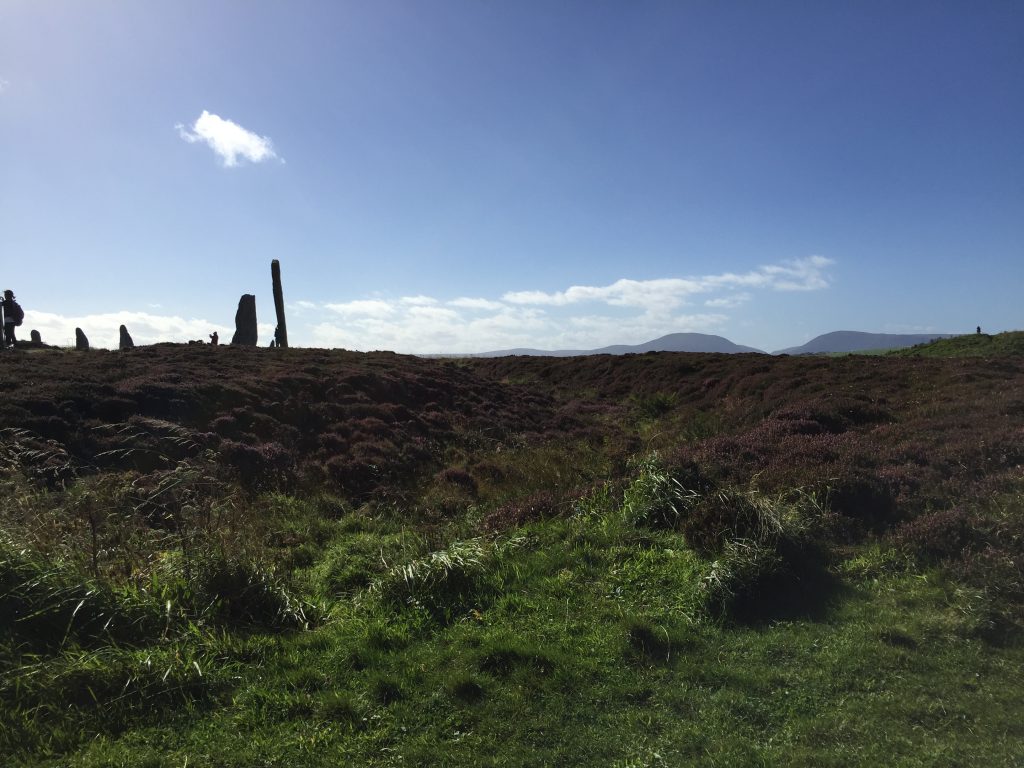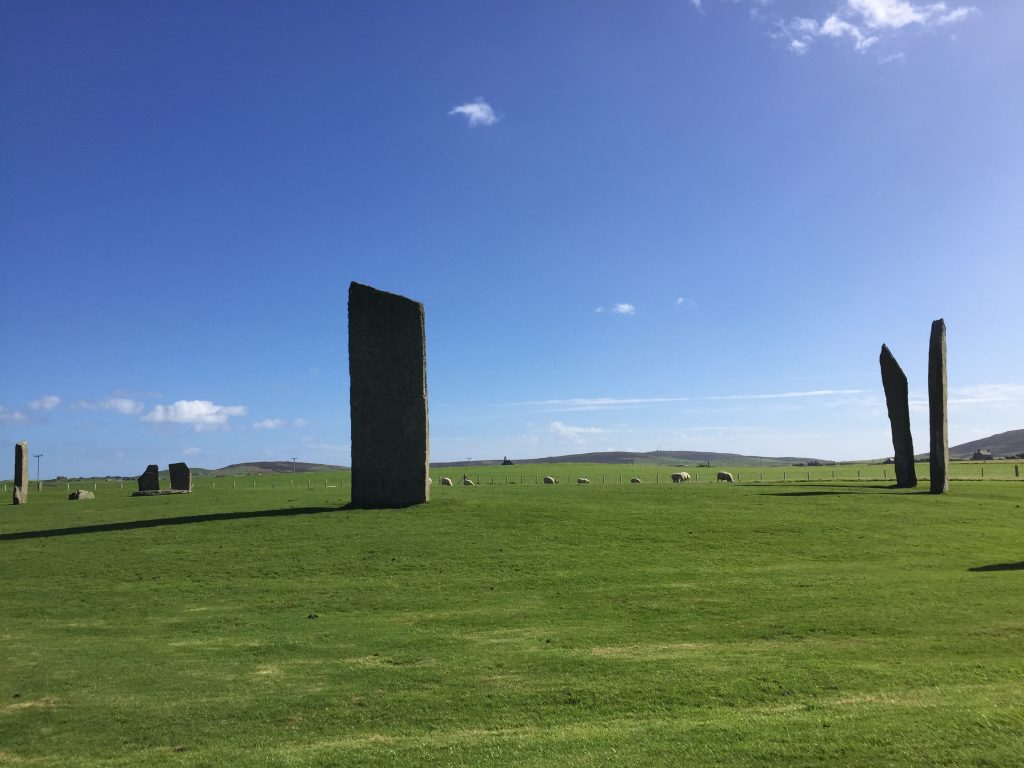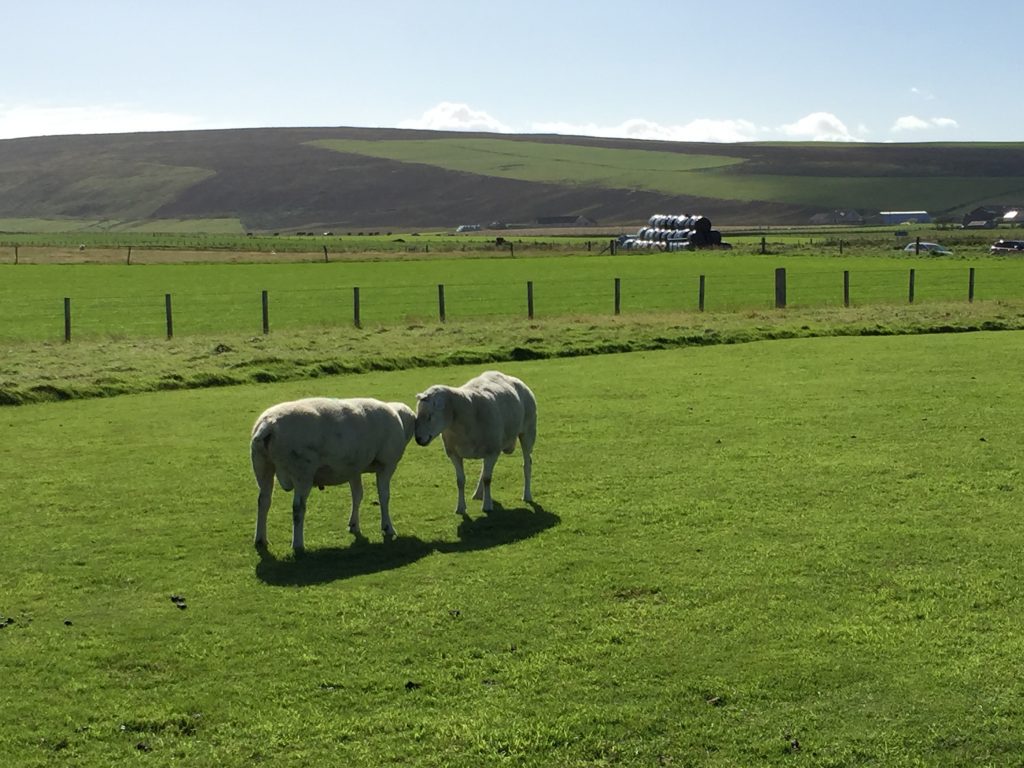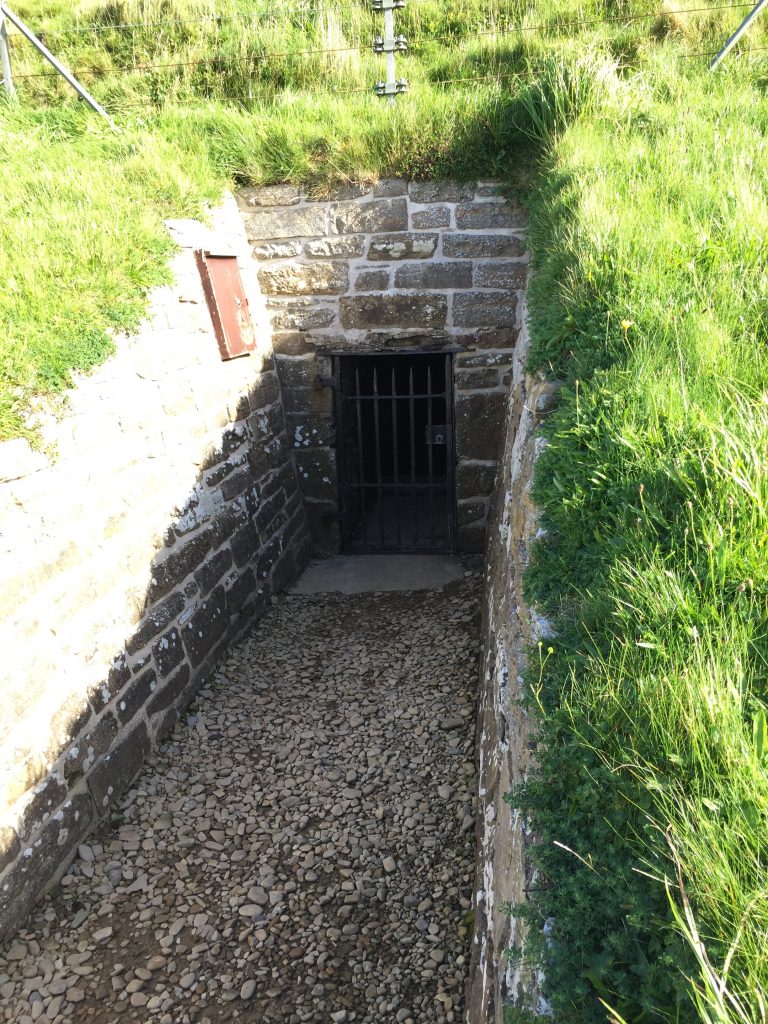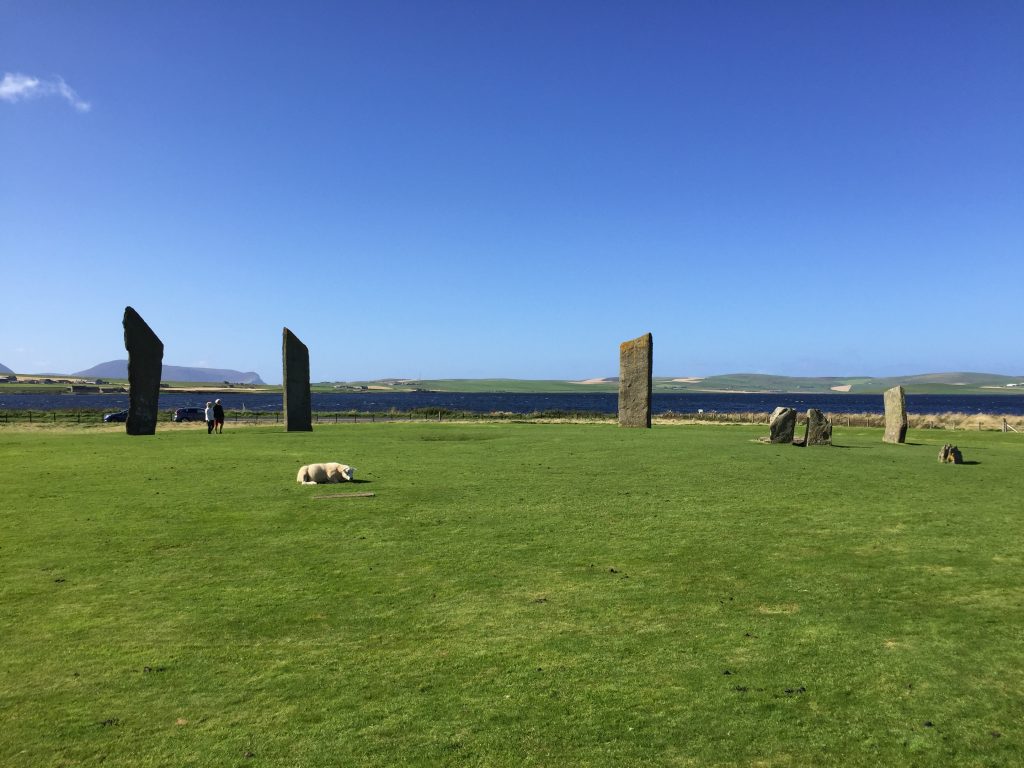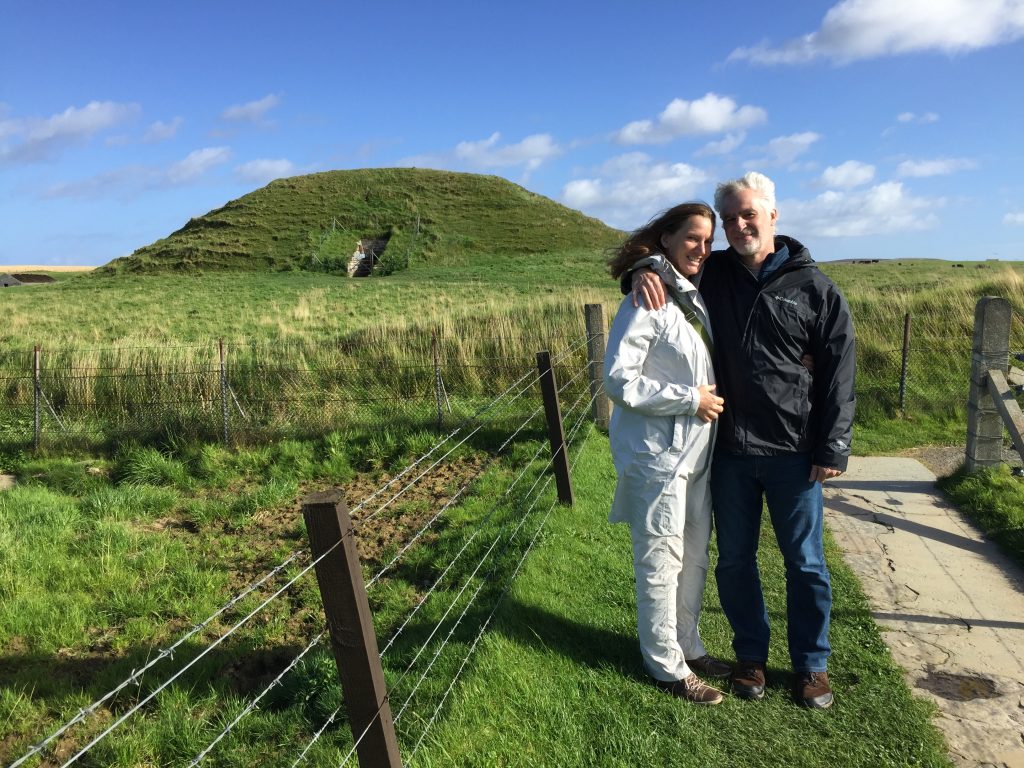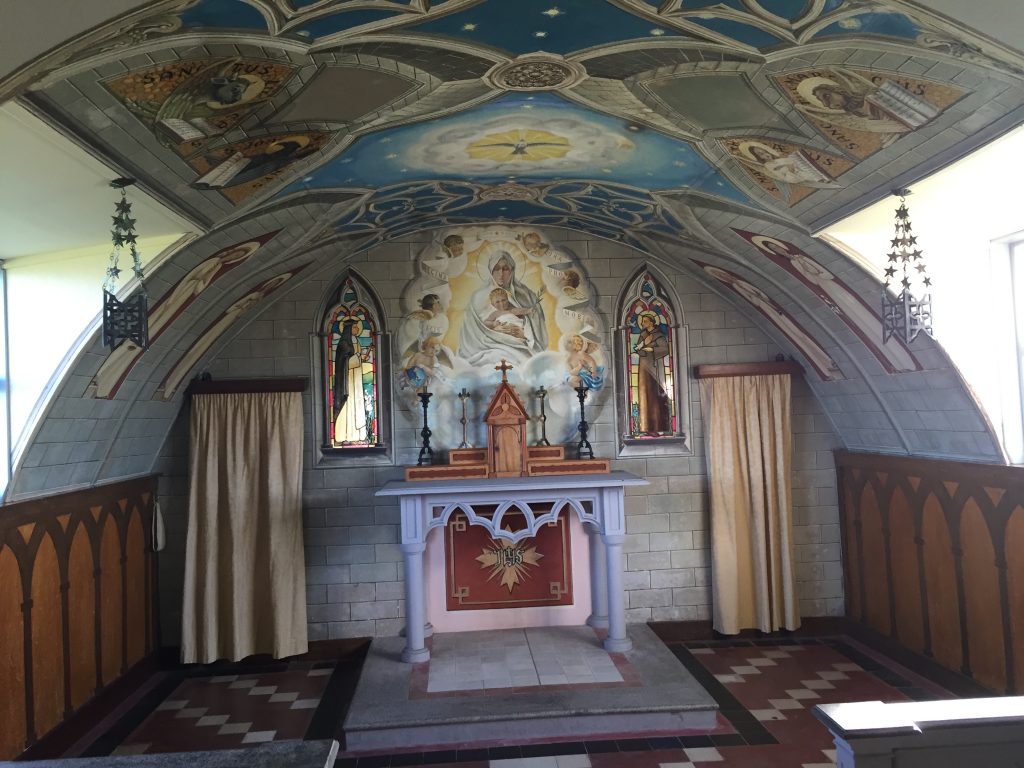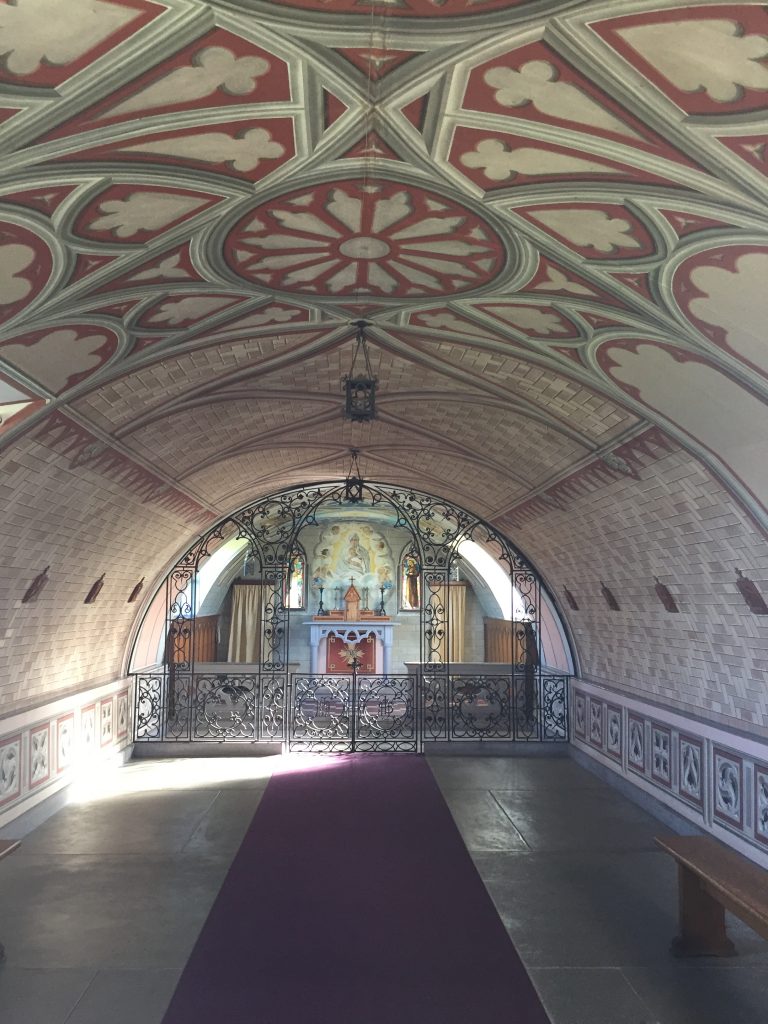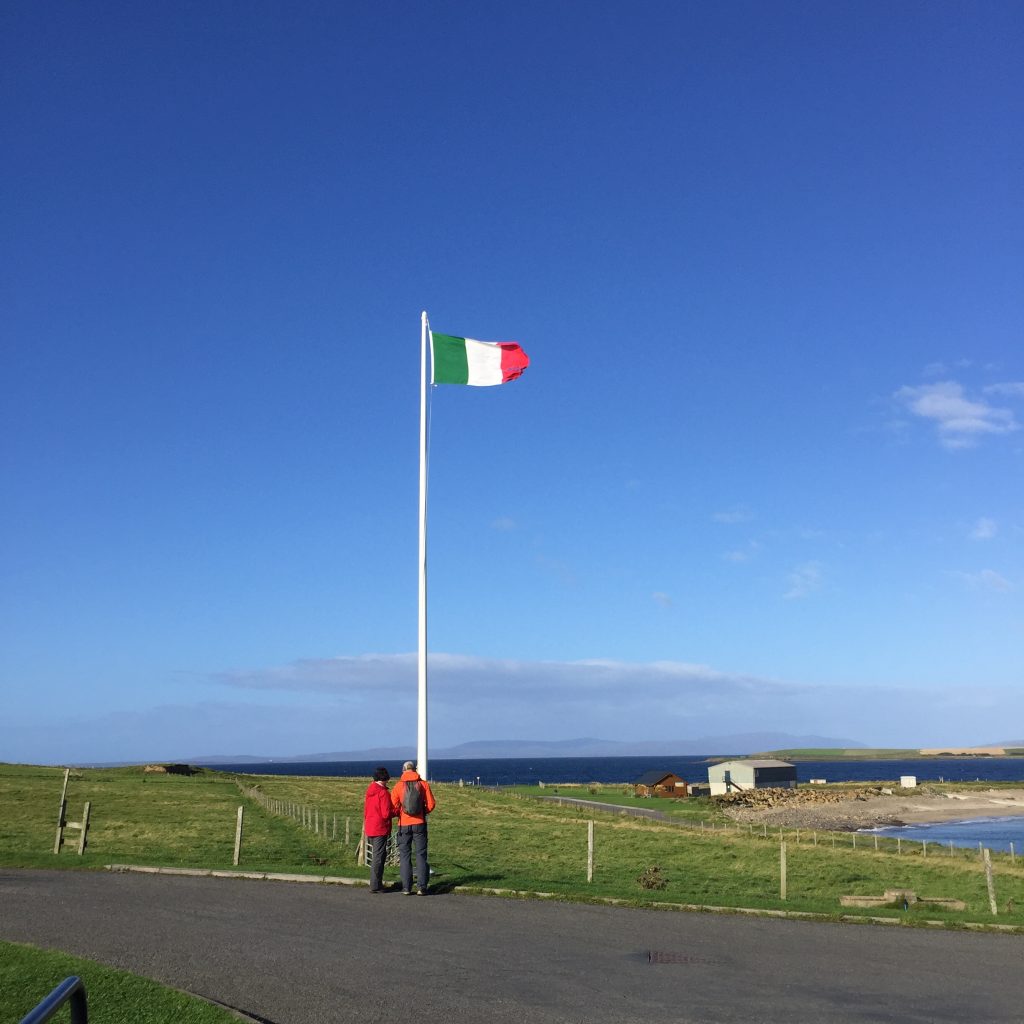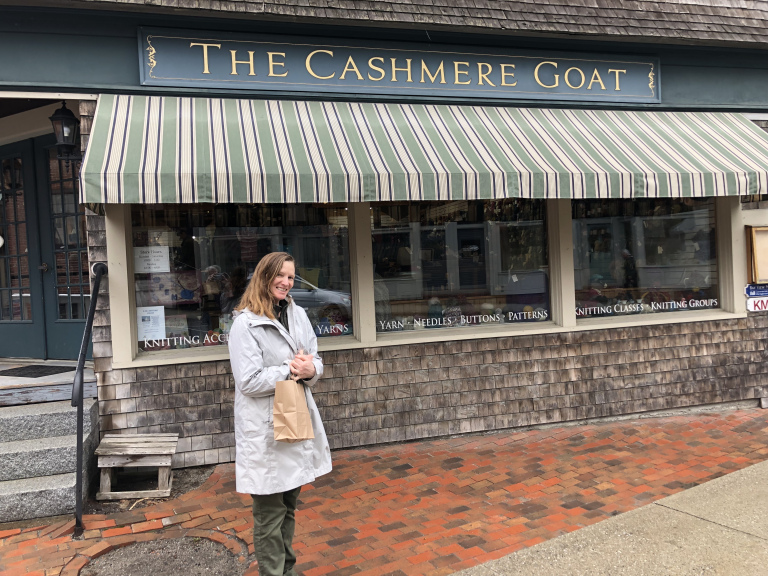
Our recent travels had a lot to do with our decision to move to the mid-coast of Maine in November 2019. We know friends and family were concerned by what seemed like a tendency to make major life decisions on the spur of the moment, and we’re not sure they bought it when we said “it just felt right.”
It’s true, Maine was simply a place of interest when 2019 began, just as far flung places like Costa Rica, California and Scotland had been in previous years. It was a place where we could find much of what we wanted in a new home—affordability, quiet, beauty, a cooler climate and proximity to the ocean.
Then, on a trip in August, we visited the mid-coast where we found a house with a view over Penobscot Bay and it brought back memories of our trips to Scotland’s Western Isles, especially a cottage we rented in September of 2017 and 2018 on the east coast of Iona with a lovely view of the Isle of Mull.
Now, six months later, with spring and the pandemic upon us, we’re here, happy, enjoying the view and planning trips in better times.
Traveling in and from Maine
The Mid-Coast has plenty to offer us within a 15-minute drive, from the charming harbor towns of Rockport and Camden, to Lincolnville Beach and Belfast. A hike to the top of Mt. Battie in Camden Hills State Park for a view of Camden Harbor, or a ferry to Isleboro are just a start.
Heading northeast is what’s called the Down East, that stretch of the eastern coastal region that covers Washington County and Hancock County beginning in Ellsworth and stretching to the East all the way to the Maritime Provinces. Bar Harbor, Mount Desert Island and Acadia National Park are just over an hour away.
For longer trips, the state has much to offer and we’re only a few hours from Canada. When the time is right, we’ll plot a course northwest to Montreal, Toronto and Quebec City or northeast to New Brunswick, Nova Scotia and Prince Edward Island.
It was New Year’s Eve on our first international trip together, a 10-day holiday vacation in Florence in 1998, that molded the way we travel. We woke from a late nap, walked to a trattoria for a leisurely dinner and then wandered into Piazza Della Signoria where vendors sold roasted chestnuts and the sounds of jazz drifted from a stage through the evening air.
We wandered close to the stage, savoring the chestnuts, and before we knew it, an orchestra had taken their seats, men dressed in medieval costumes were around the Palazzo Vecchio and a crowd had filled the piazza. In what seemed to be a blink of an eye, we were front and center as the music played, wine and prosecco flowed, young people danced and snaked through the crowd, and fireworks went off around us.
The countdown began and we were in 1999, at the right place at the right time, enjoying a night we’ll never forget. From this utterly delightful surprise we have learned to take our time on every trip, limit what we try to do in any one day and avoid, when possible, the most heavily traveled roads. To this day, we remember a picnic at the Boboli Gardens more than any ristorante or trattoria we visited.
More than two decades later, we had a similar experience on a trip to Kyoto: It was a day of rest from the “must-see” temples and shrines, and we stayed close to our guest house. Without crowds, high expectations or any urgency to the day, wandered through Southern Higashiyama and stumbled upon the often-overlooked artistic gem that is Kawai Kanjiro’s house and later the tranquility of the Zen Buddhist temple of Kennin-ji.
Yes, we’ve missed some iconic sites and wasted precious hours with lazy mornings, but that just means we had more time to find a hidden gem or two when we least expected it.
We won’t be involved in acts of flygskam (flight shame) but a pandemic-forced travel hibernation coupled with the stark reality of climate change has led us to reconsider our travel plans once we hit the road again. Our formula will be simple: Limit air travel by taking one extended trip rather than two shorter ones, ride trains whenever possible, which is our favorite mode of transport anyway though you won’t see any tagskryt, (train bragging), and continue to find out-of-the-way places.
If all goes well, we’ll land somewhere that is hardly out of the way, Rome, sometime in 2021 and slowly make our way to Varese in Italy’s Lombardy region, which was devastated by COVID-19. Varese is home to the Bernasconi family, part of Gary’s family heritage. From there, we’ll try to corral our daughter in Lyon and make our way through the Black Forest.
From Germany we’ll begin a slow northern climb by rail, with many stops along the way, to Denmark, Sweden and ultimately Norway where, in addition to the fjords, we’ll touch down in Sigdal and Eggedal, small towns northwest of Oslo that are home to Debbie’s Norwegian heritage.
The last leg, where we travel to Scotland, will be the tricky one to maneuver without the aid of an airplane. After a quick scan of options, we’ve only seen freight ferries from Scandinavia to England (18 to 26 hours) and trains south through Amsterdam to a ferry from Calais to England. More work needs to be done — and any suggestions are welcome.
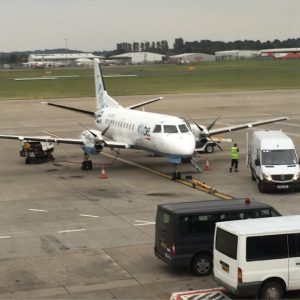
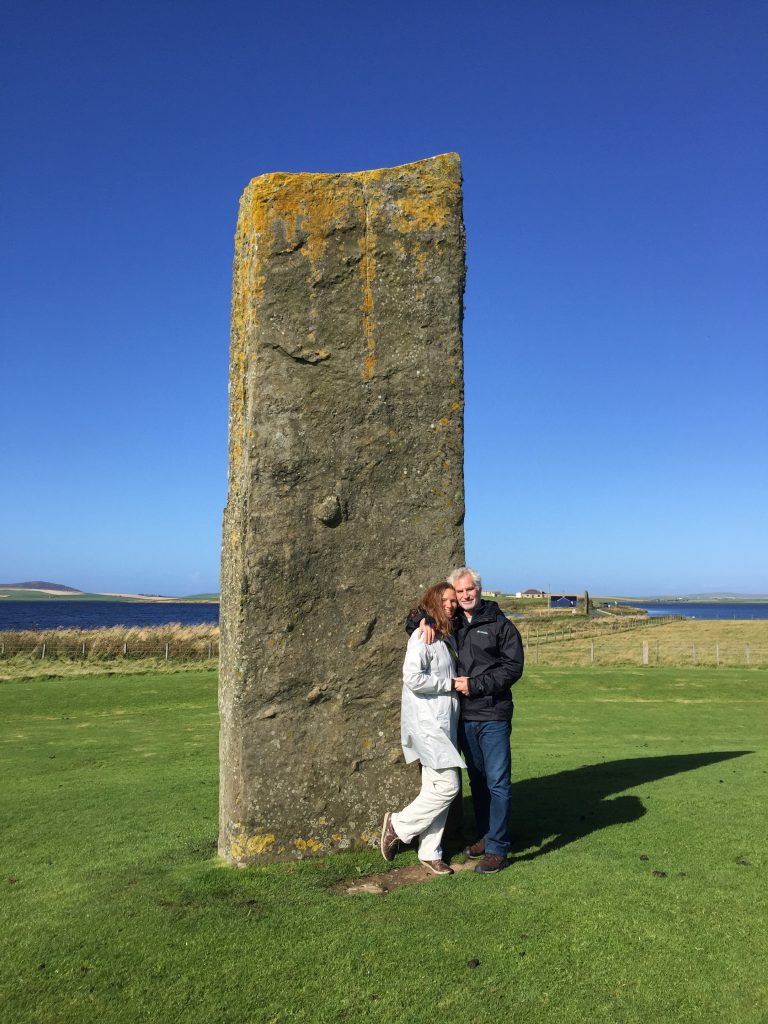
Located north of the Scotland mainland where the North Sea meets the Atlantic Ocean, Orkney is an archipelago of 70 islands, of which only 20 are inhabited. A visit there may not be on everyone’s itinerary when visiting Scotland, but if you’re looking for something a little more remote, rugged and full of Neolithic treasures, it may be the place for you.
What you won’t find are trees. They can’t survive the winter winds, and it’s this treeless backdrop, along with its Nordic influence, that gives the Orkneys their unique character. Located closer to Norway than London, the Orkneys were once ruled by the Viking kings of Norway and Denmark.
For a two-day, three-night trip, we limited our visit to the Orkney mainland and stayed three nights at the Albert Hotel in Kirkwall.
Kirkwall
Kirkwall is worth at least a full day itself, starting with St. Magnus Cathedral, where the bones of St. Magnus (the Earl of Orkney) lie within the walls of the choir. It was founded in 1137 in honor of Magnus and as a place of pilgrimage. Why? The story goes that Magnus shared the Earldom with his cousin Hakon. To settle a dispute, Magnus proposed a peaceful meeting. Hakon agreed but when he arrived he brought eight ships of armed men. Magnus refused to fight and as he prayed, one of Hakon’s men killed him with an axe blow to the head.
We had plenty of time after our flight got in to explore the cathedral before heading back to the hotel and having dinner at the pub downstairs in the Albert Hotel. You’ll hear the noise of the pub up in your room, but only when the people step outside for a smoke.
Highland Park Distillery
The second day was rainy and it was a perfect time for a tour of the Highland Park Distillery, makers of one of our favorite whiskeys. Founded in 1798 by Magnus Eunson, a direct Viking descendent, the distillery’s pride in its Viking legacy is evident in everything they do.
The peat used in Highland Park is unique. Since trees don’t survive on Orkney, the Highland Park peat has no wood, but it’s rich in heather — densely compacted vegetation over 9,000 years old and four meters deep in places. This gives the whiskey its unique smoky sweetness.
We signed up for the Connoisseur Tour, which now would be closest to the Viking Harmony Tour, and they sent a car to pick us up at our hotel. The tour took us through the distilling process and back to a private room where we tasted the 12, 18 and 21 year olds, as well as a Lief Erikson. Keep in mind the 18 and 21-year-old have both been named whiskey of the year in recent years. We walked away with a bottle of the 18, which we sipped for the rest of our trip.
Back in Kirkwall, there are a number of specialty shops carrying Orkney cheese, which is something special, as well as the island’s own oatcakes, meat, fish and beer. After visiting the shops we took advice from a shop owner and went to the Royal Cask Whisky Gin Bar at the Orkney Hotel which has a vast collection of single malts on display for tastings.
Neolithic Orkney
The sun was shining the next day when we hired Jean Ross to take us on a tour of the historic sites on the mainland and we highly recommend her. Born and raised on Orkney, she’s a green badge tour guide—a designation you should look for.
She started us at Maeshowe, one of the finest chambered tombs in Europe with its central chamber lit by the setting midwinter sun. It is some 5,000 years old and looks like a large grass mound from the outside. You enter by crawling on hands and knees to the chamber where a guide outlines the history and carvings on the walls.
On to the Stones of Stenness, also about 5,000 years old, and maybe the oldest henge site on the British Isles. Think Stonehenge, but older and without the crowds or barriers. We were just two of a handful of people, along with a few sheep, who wandered among the ancient stones.
Our plan was to head right from the summit and take the challenging Jordan Cliffs Trail back to the trailhead, making it a six-mile hike. It was closed, so we opted for a confusing, sometimes steep and often beautiful series of trails, making it nearly eight miles. We started by heading down the way we came and turned right on the Maple Spring Trail for a mile or so, then backtracked northeast for a short while on the Hadlock Brook Trail, and connected to the Amphitheater Trail.
Finally there was Skara Brae. Located on the southern shore of the Bay o’ Skail, it is one of Europe’s most complete Neolithic village. Occupied from roughly 3180 BC to 2500 BC, its houses and stone furniture provide an insight into the daily lives of Neolithic people. A UNESCOWorld Heritage Site, it is older than Stonehenge and the Great Pyramids, and has been called the “Scottish Pompeii because of its excellent preservation.
Orkney’s Italian Chapel
A more contemporary but fascinating site is Orkney’s Italian Chapel, which was built by a group of Italian prisoners of war sent to Orkney during World War II to work on the Churchill Barriers, a massive series of concrete causeways that seal the eastern approaches to Scapa Flow, the United Kingdom’s chief naval base during the First and Second World Wars.
Led by the artist Domenico Chiocchetti, the Italians built the chapel, which was later restored, and after the war Chiocchetti returned to restore the paint work of the chapel interior.
The Orkney Brewery
Along the way, Jean arranged for us to stop for lunch at the Orkney Brewery where we enjoyed the meal and a flight of the local beer. We were partial to the Dark Island and Red Macgregor.
